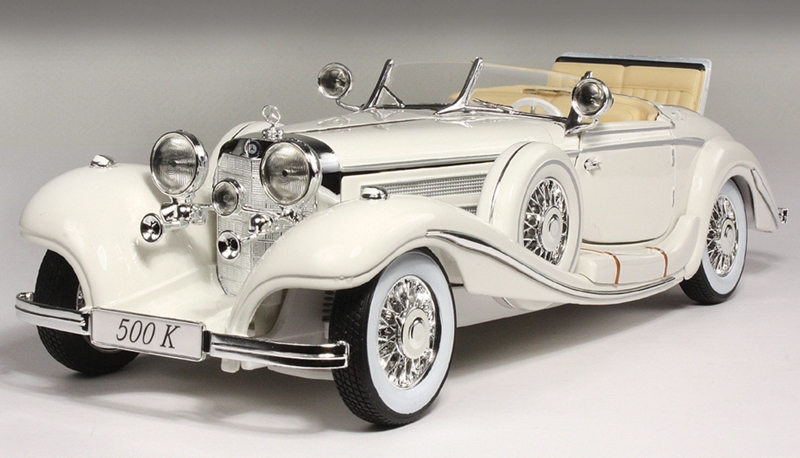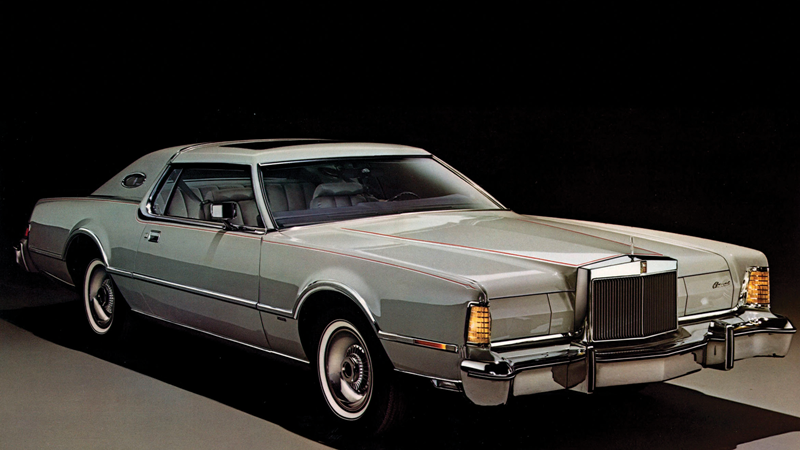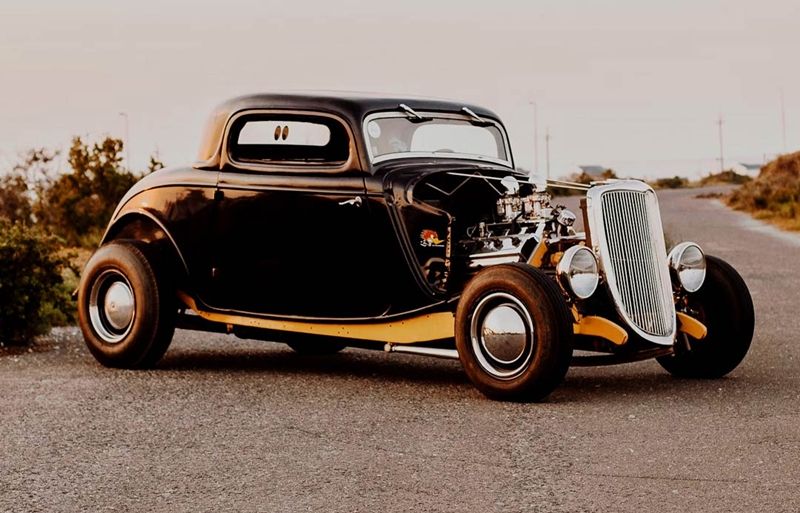Picture this: it’s 1920, and the streets are buzzing with a completely new kind of energy. Horse-drawn carriages are becoming a rare sight, replaced by these magnificent mechanical marvels we call 1920s automobiles. Can you imagine the excitement people must have felt? The sheer thrill of owning your very first car?
The decade of the 1920s wasn’t just about jazz music, flapper dresses, and prohibition – it was the era when automobiles truly transformed from luxury toys for the wealthy into necessities for the average American family. This automotive revolution didn’t happen overnight, but boy, when it took off, it changed everything!
Table of Contents
Download: Comprehensive 1920s Revolutionary Automobiles Comparison Chart
The Birth of Mass Production: Henry Ford’s Game-Changing Revolution
Now, let’s talk about the man who single-handedly revolutionized how 1920s cars were made – Henry Ford. You’ve probably heard of the Model T, right? But what you might not know is just how dramatically Ford’s assembly line production transformed the entire automotive industry.
Before Ford’s innovations, cars were essentially hand-built, one at a time. Imagine waiting months or even years for your vehicle! Ford’s moving assembly line, perfected in the late 1910s and fully implemented throughout the 1920s, was nothing short of revolutionary. Workers no longer moved around the car – the car moved to them. Genius, isn’t it?
The numbers are absolutely staggering. In 1920, Ford was producing over 1.2 million Model T cars annually. By 1925, they were rolling one off the assembly line every 10 seconds! That’s right – every 10 seconds. The price? It dropped from around $825 in 1920 to just $290 by 1925. This production breakthrough not only changed manufacturing forever but also made 1920s automobiles affordable for ordinary working families.
Also read: 7 Amazing Hot Rod History Secrets That Will Blow Your Mind
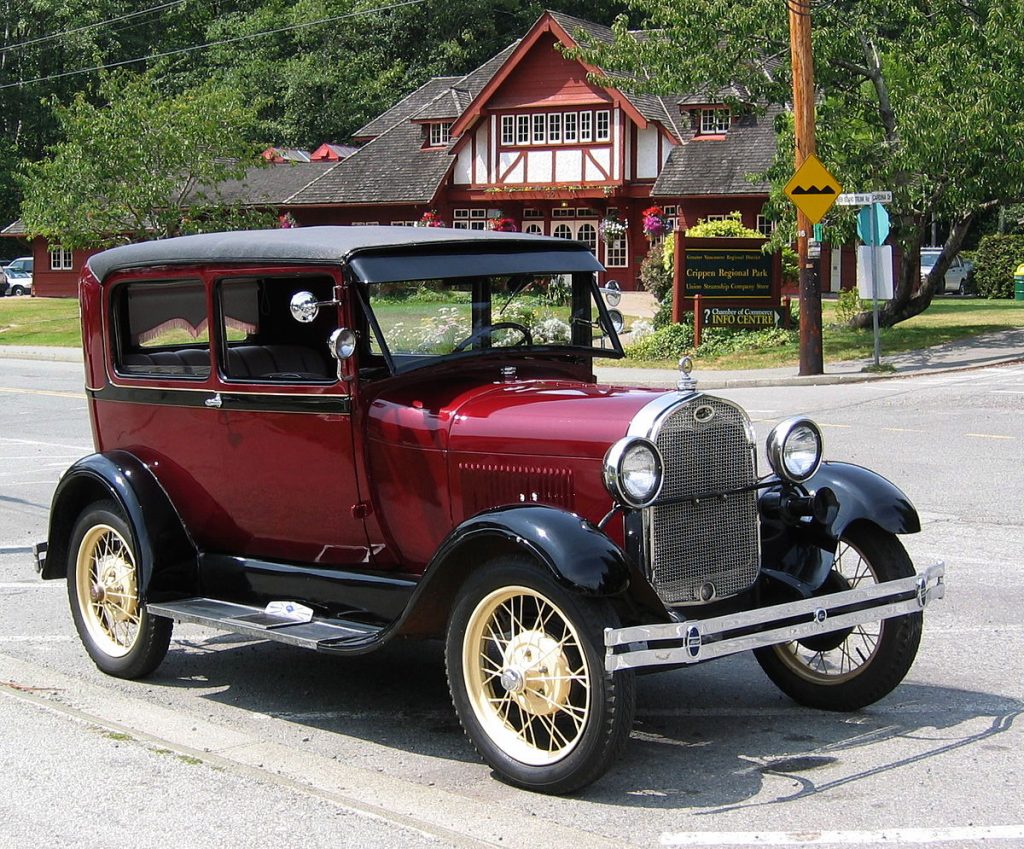
The Big Three Emerge: Competition Heats Up
But Ford wasn’t the only player in this rapidly expanding market. The 1920s saw the emergence of what we now call the “Big Three” – Ford, General Motors, and Chrysler. Each company brought something unique to the table, and their competition drove incredible innovation in 1920s cars.
General Motors, under the brilliant leadership of Alfred P. Sloan, introduced something revolutionary: planned obsolescence and annual model changes. Wait, what? They deliberately made cars that would become outdated? Absolutely! Sloan realized that once everyone owned a car, they’d need reasons to buy new ones. So GM started offering different colors, styles, and yearly updates. “A car for every purse and purpose” became their motto.
Chrysler, founded in 1925 by Walter Chrysler, brought engineering excellence to the forefront. They introduced high-compression engines, four-wheel hydraulic brakes, and other technological advances that made their vehicles stand out in a crowded marketplace.
The 7 Revolutionary Cars That Changed Everything
Now here’s where things get absolutely fascinating – let me tell you about the 7 revolutionary 1920s cars that didn’t just define an era, they literally created modern America as we know it!

1. Ford Model T: The People’s Car Revolution
Holy cow, where do we even start with the Model T? This wasn’t just a car – it was a complete game-changer! By 1925, over 15 million had rolled off Ford’s assembly lines. Can you believe that? Fifteen million!
The genius of the Model T wasn’t just its affordability (dropping from $825 to $290), but its incredible durability. Farmers used them as tractors, small businesses converted them into delivery trucks, and families drove them across the country on adventures that would have been impossible just decades earlier. As one of the most iconic 1920s automobiles, the Model T brought practical mobility to everyday Americans. Sure, you could have it in any color you wanted – as long as it was black – but who cared? This car gave ordinary people extraordinary freedom and became a defining symbol of 1920s cars in the process.
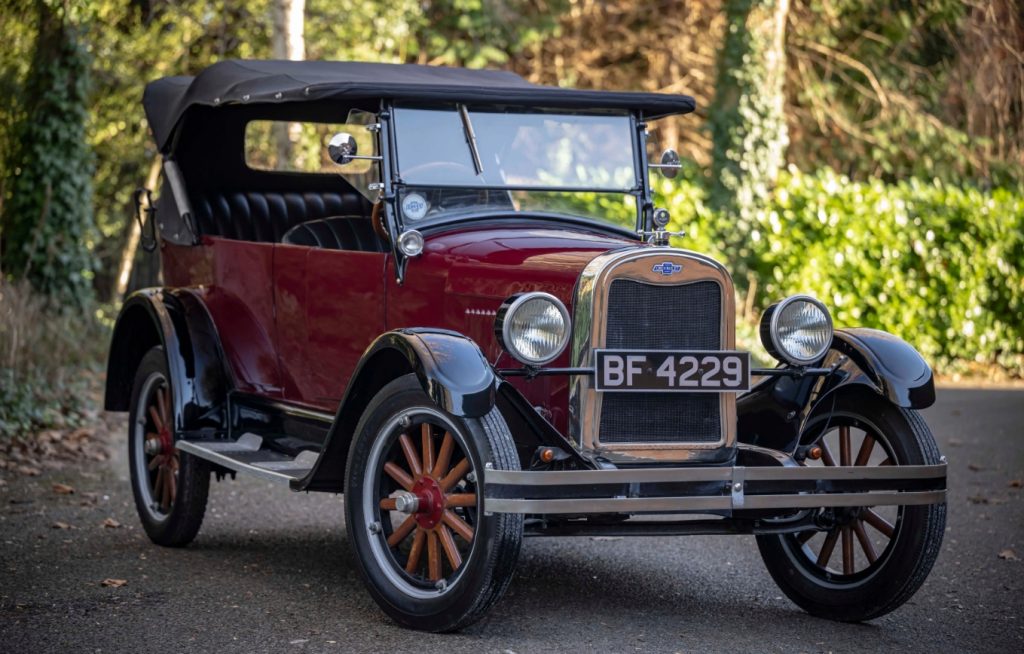
2. Chevrolet Superior: The Style Revolution
But wait – not everyone wanted basic black transportation! Enter the Chevrolet Superior in 1923, and suddenly the automotive world got a lot more colorful. General Motors looked at Ford’s success and said, “We can do better than that!”
The Superior offered something revolutionary: choice. Blue, green, maroon – colors that made the Model T look positively boring. More importantly, it featured better comfort, improved styling, and that crucial element Ford was missing – personality. Among 1920s automobiles, the Chevrolet Superior brought flair and individuality to the masses. By 1927, Chevrolet was actually outselling Ford! Can you imagine Henry Ford’s reaction to that news?
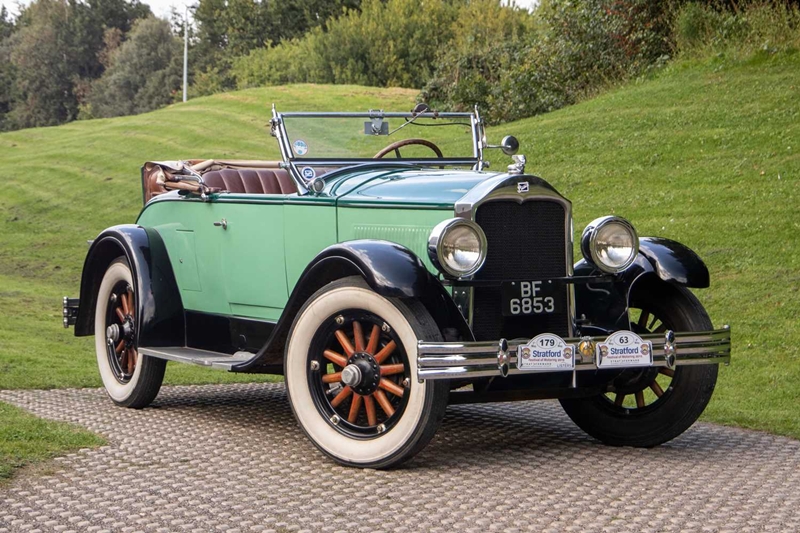
3. Buick Master Six: The Middle-Class Luxury Revolution
Here’s where 1920s automobiles got really interesting – the Buick Master Six proved that luxury didn’t have to be exclusively for millionaires. This beauty brought six-cylinder smoothness, elegant styling, and genuine comfort to families who were doing well but weren’t exactly Rockefellers.
The Master Six featured innovations like four-wheel brakes (revolutionary for safety!), better upholstery, and that smooth-as-silk six-cylinder engine that made the Model T’s four-banger sound like a sewing machine. Suddenly, the growing American middle class had a car that matched their aspirations, not just their budgets.

4. Cadillac Type V-63: The Power Revolution
Now we’re talking serious innovation! The Cadillac Type V-63 didn’t just raise the bar – it launched it into orbit. This magnificent machine featured America’s first mass-produced V8 engine in an era when most cars were chugging along with four cylinders.
The V-63 could hit 65 mph when most cars maxed out at 45. It featured electric lights, a self-starter, and luxury appointments that made other cars look like farm equipment. Among 1920s cars, it stood out as a symbol of American engineering excellence. This wasn’t just transportation – this was a statement that America could build automobiles that rivaled anything from Europe. The price? A whopping $3,000–$5,000, but worth every penny for those who could afford it.
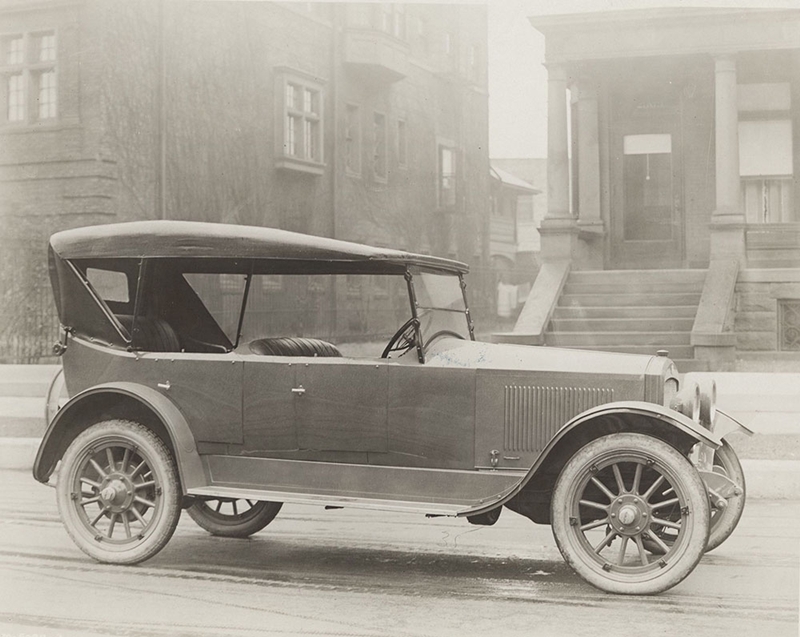
5. Auburn Beauty-Six: The Aesthetic Revolution
Sometimes a car comes along that’s so beautiful it literally stops traffic – that was the Auburn Beauty-Six. While other manufacturers focused on utility or luxury, Auburn proved that 1920s automobiles could be absolutely gorgeous works of art.
The Beauty-Six featured flowing lines, elegant proportions, and a level of craftsmanship that made it stand out in any crowd. But it wasn’t just pretty – it packed a powerful six-cylinder engine that could deliver both performance and reliability. Auburn proved that Americans didn’t have to choose between beauty and function.
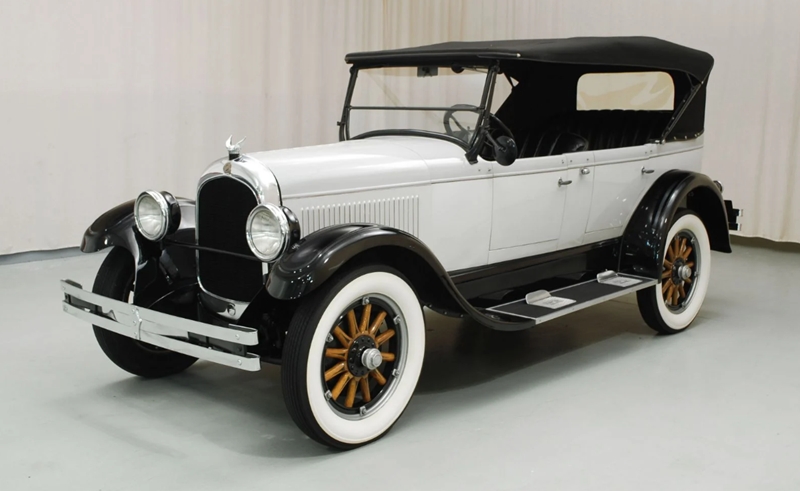
6. Chrysler Six: The Engineering Revolution
Walter Chrysler looked at the automotive landscape in 1925 and decided to shake things up with pure engineering excellence. The Chrysler Six introduced high-compression engines that delivered more power and better fuel economy than anything else on the market.
But here’s the kicker – Chrysler also pioneered four-wheel hydraulic brakes, making their cars dramatically safer than the competition. While other manufacturers were still using mechanical brakes on just the rear wheels, Chrysler drivers could stop quickly and safely. This innovation positioned the Chrysler Six as one of the most advanced 1920s automobiles, proving that engineering could be just as revolutionary as mass production or styling.
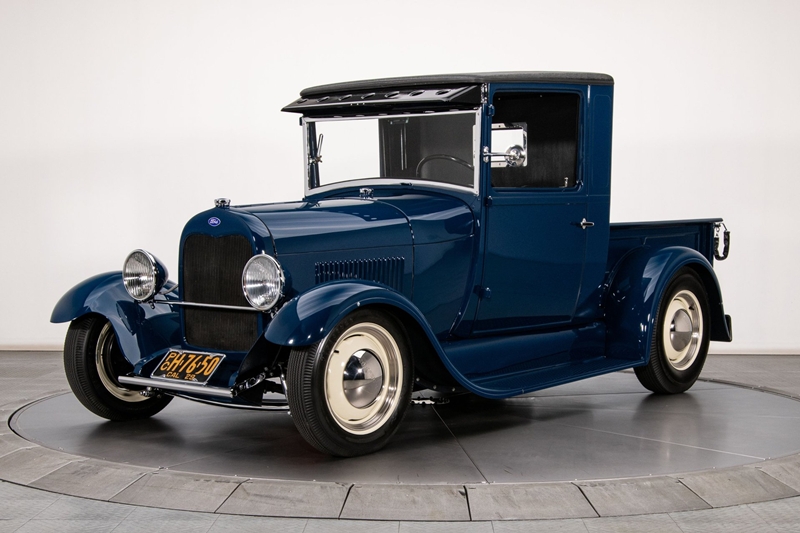
7. Ford Model A: The Evolution Revolution
By 1927, even Henry Ford had to admit the Model T’s run was over. Enter the Model A – Ford’s acknowledgment that the automotive world had moved beyond basic black transportation. This wasn’t just a new car; it was Ford’s complete reinvention.
The Model A offered multiple colors, improved styling, better performance, and modern conveniences like safety glass and hydraulic shock absorbers. It proved that even the king of mass production could evolve and adapt. The Model A showed that 1920s automobiles weren’t just about getting from point A to point B anymore – they were about style, comfort, and personality.
These seven revolutionary cars didn’t just compete with each other – they pushed the entire industry forward, creating the foundation for everything we drive today!

Technological Marvels: Innovation in Every Detail
The technological advances in 1920s automobiles were absolutely mind-blowing for their time. Think about it – these engineers were essentially inventing the future with each new model year.
Electric starters became standard, eliminating the dangerous and exhausting hand-crank starting process. Can you imagine having to manually crank your car every time you wanted to drive? Four-wheel brakes improved safety dramatically, while closed-body designs protected passengers from the elements.
Engines grew more powerful and efficient. The introduction of tetraethyl lead as an anti-knock compound allowed for higher compression ratios, resulting in more power and better fuel economy. Automatic windshield wipers, rearview mirrors, and even primitive heaters started appearing in higher-end models.
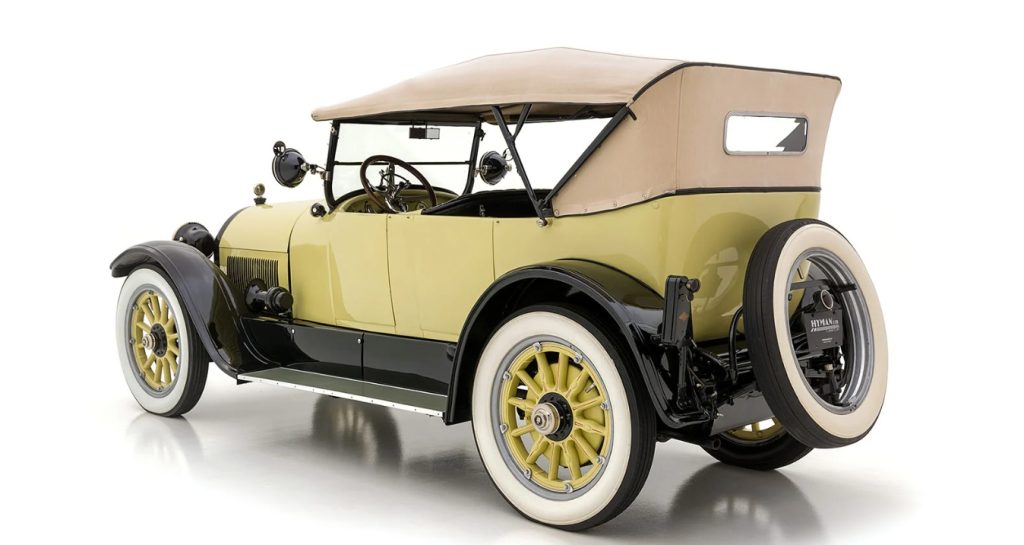
The Economic Impact: More Than Just Transportation
Here’s where things get really interesting – the rise of 1920s automobiles created an entirely new economic ecosystem. The automotive industry didn’t just make cars; it transformed America’s entire economic landscape.
By 1925, the automobile industry employed over 375,000 people directly, but that’s just the tip of the iceberg. Steel production boomed to meet demand for car bodies and engines. The petroleum industry exploded as gasoline demand skyrocketed. Glass manufacturers, rubber producers, and countless parts suppliers all benefited from this automotive revolution.
New businesses emerged everywhere: gas stations, auto repair shops, car dealerships, and auto parts stores. The ripple effect was enormous – entire communities sprang up around automotive manufacturing plants.
Social Revolution: How Cars Changed American Life
But the real story of 1920s automobiles isn’t just about technology or economics – it’s about how these machines completely transformed American society. Cars didn’t just change how people traveled; they changed how people lived, worked, and interacted with each other.
Young people suddenly had unprecedented freedom. Dating rituals changed dramatically – couples could escape parental supervision and drive to private locations. The automobile became a symbol of youth rebellion and independence. Parents everywhere were probably thinking, “What have we done?”
Rural communities became less isolated. Farmers could drive to town for supplies, entertainment, and social interaction. The automobile broke down the barriers between urban and rural life, creating a more connected society.

The Rise of Car Culture and Infrastructure
As 1920s automobiles became more common, America had to completely reimagine its infrastructure. Roads that were adequate for horses and buggies were utterly inadequate for motor vehicles. The decade saw massive investments in road construction and improvement.
The Federal Highway Act of 1921 provided federal funding for state highway construction, creating the foundation for America’s modern road system. Gas stations, which barely existed in 1920, numbered over 100,000 by 1929. Auto camps (the predecessors to motels) sprouted up along major routes, catering to the new breed of automobile tourists driving 1920s automobiles across long distances.
Car ownership became a mark of social status. Families scrimped and saved to buy their first automobile, often making significant financial sacrifices. The car payment – virtually unknown before the 1920s – became a standard part of American household budgets.
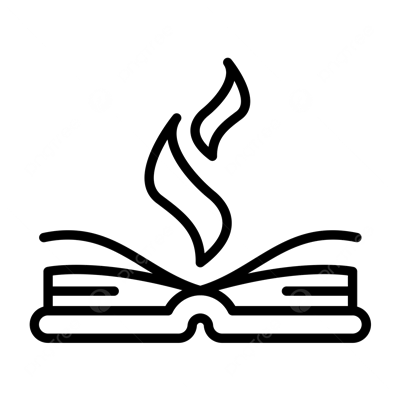
Common Myths About 1920s Automobiles
Let’s bust some myths about 1920s automobiles that persist today:
Myth #1: “Cars were incredibly unreliable in the 1920s”
Truth: While early cars were certainly less reliable than modern vehicles, by the mid-1920s, most automobiles were quite dependable for their intended use. The average car could run for years with basic maintenance.
Myth #2: “Only rich people could afford cars”
Truth: By 1925, a basic Ford Model T cost less than three months’ wages for an average worker. Many middle-class families owned 1920s automobiles, signaling a major shift in accessibility and affordability.25, a basic Ford Model T cost less than three months’ wages for an average worker. Many middle-class families owned automobiles.
Myth #3: “All cars were black”
Truth: This was true mainly for the Model T. Other manufacturers offered various colors throughout the decade, and even Ford introduced colors in their later models.
Myth #4: “Cars had no safety features”
Truth: While primitive by today’s standards, 1920s cars included safety glass, better brakes, and improved lighting systems.
Women and the Automobile Revolution
Here’s something fascinating – 1920s automobiles played a crucial role in women’s liberation. The automobile gave women unprecedented mobility and independence. They could drive themselves to work, social events, and shopping without relying on male family members or public transportation.
Automobile advertising specifically targeted women, recognizing them as important decision-makers in car purchases. Electric starters eliminated the physical strength required to hand-crank engines, making cars more accessible to women drivers.
Some women even became automotive pioneers. Ruth Law, a famous aviator, also raced cars. Alice Huyler Ramsey had already proven women could handle long-distance driving by becoming the first woman to drive across the United States in 1909, inspiring many others in the following decade. These trailblazers helped reshape public perceptions of both women and 1920s automobiles as symbols of progress and empowerment.
Need a mechanic? Find one on the Mobile Mechanic Directory
The End of an Era: Setting the Stage for the Future
As the 1920s drew to a close, 1920s automobiles had fundamentally transformed American society. The stage was set for even greater changes in the decades to come. The automobile industry had proven that mass production could make complex products affordable for ordinary people – a lesson that would be applied to countless other industries.
The stock market crash of 1929 would bring challenges, but the automotive revolution was too powerful to stop. The infrastructure, manufacturing capabilities, and cultural changes brought about by the automobile boom of the 1920s would prove essential to America’s recovery and future growth.

FAQ: 1920s Automobiles
-
How much did a typical car cost in the 1920s?
rices varied widely depending on the make and model. A basic Ford Model T cost around $290-$400 by the mid-1920s, while luxury cars like Cadillacs could cost $3,000-$5,000 or more. To put this in perspective, the average annual income was about $1,500-$2,000.
-
How fast could 1920s automobiles go?
Most family cars had top speeds of 35-45 mph, though they rarely achieved these speeds on the poor roads of the era. Some luxury and sports cars could reach 60-70 mph, which was considered extremely fast at the time.
-
Were cars reliable in the 1920s?
By modern standards, no. However, by the standards of the time, 1920s automobiles were remarkably reliable. Most cars needed daily maintenance checks and weekly tune-ups, but they could provide years of service with proper care.
-
What kind of fuel did 1920s cars use?
Most 1920s automobiles ran on gasoline, though some trucks and commercial vehicles used kerosene or other petroleum products. Gas stations were becoming common, but many people still bought fuel in cans from general stores.
-
Did people finance cars in the 1920s?
Yes! Installment buying became very popular in the 1920s. General Motors created GMAC (General Motors Acceptance Corporation) in 1919 to help customers finance their purchases. By the end of the decade, about 75% of cars were bought on credit.
-
What safety features did 1920s automobiles have?
Safety features were minimal compared to today. Most cars had basic brakes, headlights, and horns. Some higher-end models featured safety glass and better lighting systems. Seat belts wouldn’t become common until the 1960s.
Final Thoughts
The story of 1920s automobiles is really the story of America coming of age in the modern world. These remarkable machines didn’t just provide transportation – they fundamentally transformed how Americans lived, worked, and related to each other.
From Henry Ford’s revolutionary assembly line to the emergence of car culture, from the rise of the Big Three automakers to the social changes brought about by personal mobility, the automobile revolution of the 1920s set the stage for the America we know today.

The next time you start your car and drive wherever you want to go, take a moment to appreciate the incredible journey that began with those pioneering 1920s automobiles. They weren’t just cars – they were freedom, opportunity, and the American Dream rolled into one magnificent machine. And honestly? That’s pretty amazing when you think about it!

